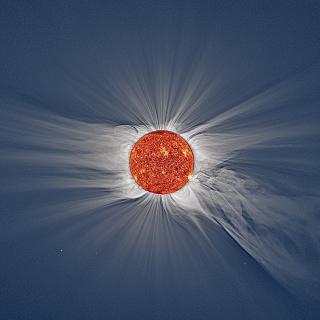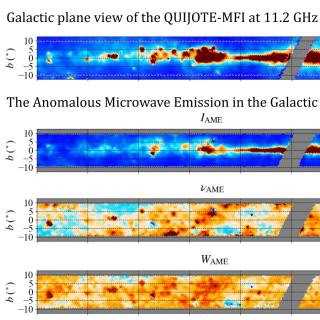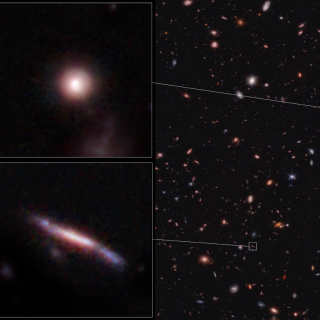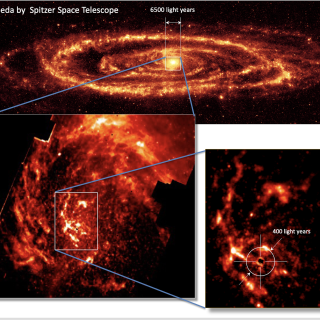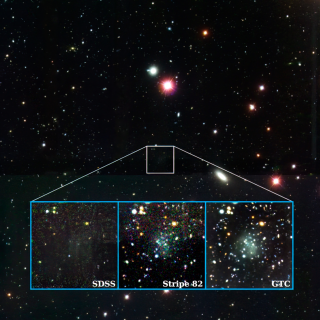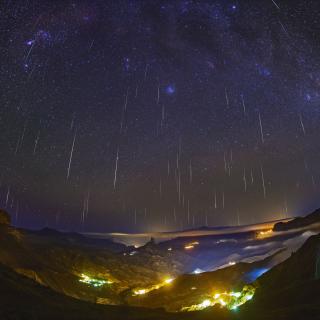
The results obtained from the over two hundred photometers put in place by the Interreg EELabs project during the past four years have been used to evaluated the impact of artificial night lighting on the night-time ecosystems of the achipelagos, especially on sea birds, but also to make the local people aware of this type of contamination. In Macaronesia (the collective name for the Atlantic Islands comprising the Azores, Madeira, the Canaries and Cape Verde), natural night-time darkness is preservedonly in highly isolated natural reserves, such as the islands of Corvo and Graciosa (the
Advertised on
